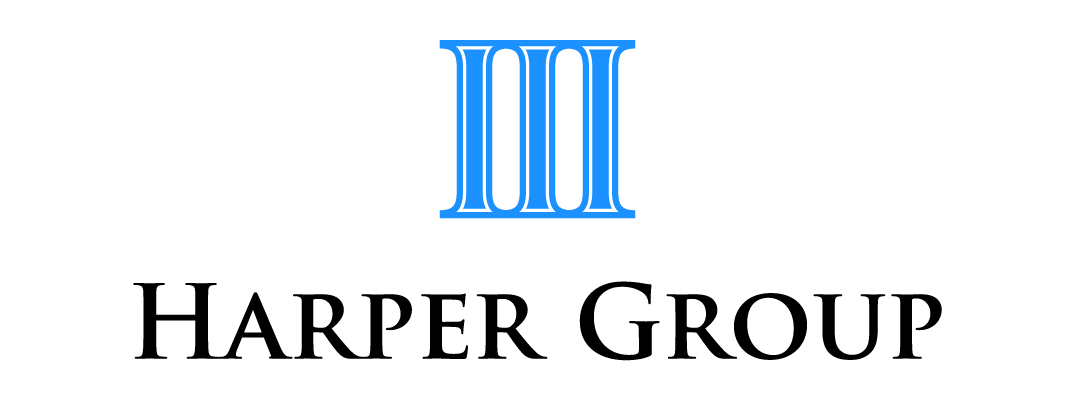Valuations and your SMSF
The days of a lax approach to valuations are over. While there is not always the need to employ a qualified independent valuer for each valuation, there are important circumstances where it is mandated, and others where it is recommended. Where one is not used then appropriate documentation needs to be kept of how valuations were determined. Back of the envelope or simply made-up valuations will not suffice.
Whilst in the old days the ATO had little it could do against SMSF trustees; the current penalty rules provide the ATO with much greater firepower. In particular, be careful in the valuation of assets for determination of whether a member is or is close to being in excess of the contribution rules. The ATO has signalled this is an area they will police in 2017/18.
When must a valuation occur?
A valuation is required in each of these situations:
· Valuation of all assets in an SMSF must be undertaken to reflect the value of assets held as of 30 June of every year. This is to ensure that the financial statements and accounts of the fund can be prepared and are accurate.
· Valuations are also required when acquiring assets from a related party to ensure that a proper price is paid and to ensure the asset is not under or overvalued.
· When you sell a collectable or personal use asset (i.e. jewellery, art works), the asset must be valued by a qualified independent valuer. The valuer must also be an expert in that type of asset.
· Most importantly when you are setting up a pension, the assets that underpin the pension must be properly valued at the time that the pension is established. It also needs to be valued every year as at 1 July of the year the pension is paid.
· Valuation is also required if you have in-house assets to ensure that the assets do not exceed the 5% threshold.
· If you intend to use the CGT relief, then the value of the assets will also need to be determined.
· Valuation will also be required to determine if a member is in breach of the new contribution cap rules.
How is a valuation undertaken?
In circumstances where a qualified independent valuer is not needed, there are a variety of ways that assets can be valued. The valuation though needs to be genuine and based on acceptable methods for valuing. There should always be records kept of how any valuation is done.
For a lot of SMSF assets such as shares and bank accounts, the means of valuation is easy. It will be the value of the bank account at the time of valuation or the price of share/unit at the time of valuation which is publicly available.
When valuing a property, there are a number of ways that property could be valued such as:
· Getting a valuation by a qualified independent valuer, this is generally not required, however, if the property is a commercial property leased to a related party then it will need to be valued by a qualified independent valuer;
· Real estate agent – many real estate agents are willing to provide valuations, though this will generally be a range of valuations that may cover a wide range of prices;
· Online valuation tools – a number of real estate websites can provide general valuations for property for free; and
· The trustees can value the property themselves, though they must use reasonable methods and document how this was done. Two popular methods are looking at the sale price of similar homes in the suburb and taking an average or by using a previous valuation and increasing (or decreasing it) by the average price increase (or decrease) in the suburb.
Where a significant change has been made to the property, it is probably best to get a proper new valuation (e.g. renovations to the property that increase its values.
What happens if I get valuations wrong or don’t do a valuation?
The old days of the ATO not having power to take action against trustees for issues with validation are over. The penalty regime provides specific penalties in relation to valuations.
For the trustee’s (or directors of a corporate trustee) they face a fine of 10 penalty units (about $2100) for each trustee for any failure to value an asset as required by the law.
Furthermore, s 103 of SIS provides an offence of strict liability for failing to keep proper accounting records, which includes the need to have a valuation for assets as at 30 June each year. The fine here is 50 penalty units (about $10,500) per trustee.
Furthermore, if the ATO determines that assets are undervalued for the purpose of the contribution cap rules, then it can take further action against the trustees as well as determine that they are in excess of the contribution caps with all that entails.
Harper Group Pty Ltd Chartered Accountants Frankston Ph 9770 1547
Disclaimer: All information provided in this article is of a general nature only and is not personal financial or investment advice. Also, changes in legislation may occur frequently. We recommend that our formal advice be obtained before acting on the basis of this information.
